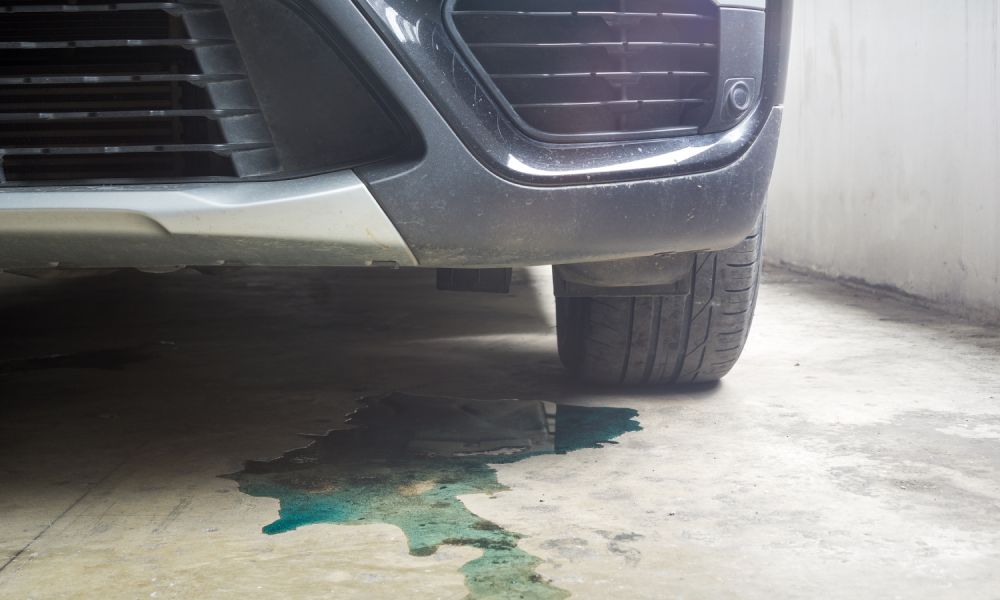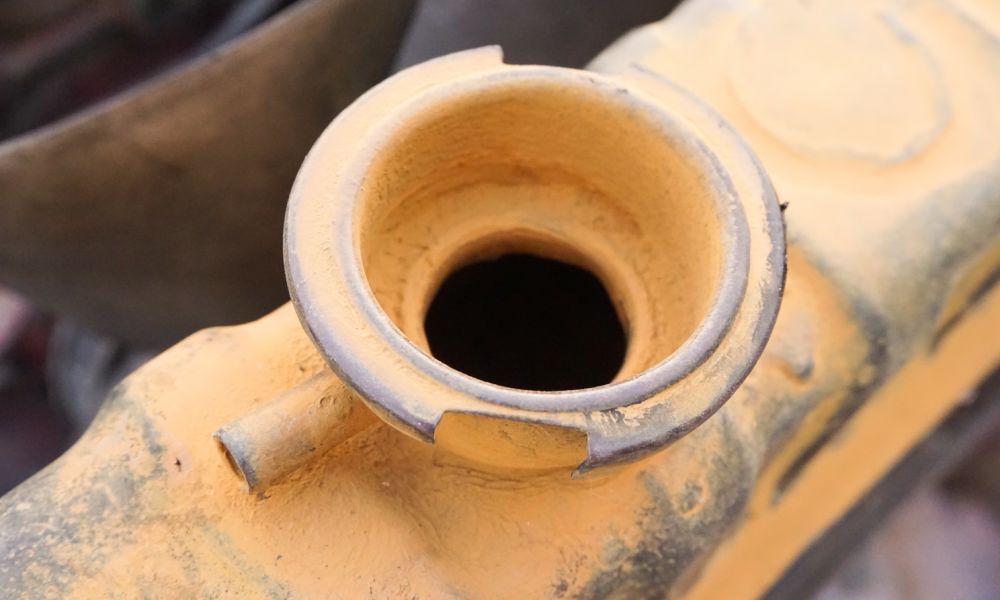The Toyota Tacoma is a great vehicle, but wear adds up over time and can quickly degrade different components, including the radiator. Troubleshooting Toyota Tacoma radiator problems can sound tricky, but when you know what to look for and how to address them, you can save both time and money while keeping your truck running smoothly.
The Check Engine Light
If the check engine light turns on, it could indicate a problem with the radiator or other components of the cooling system. When you notice this light, the first thing you should do is use an OBD-II scanner to get the trouble codes that will show the cause of the problem. Keep in mind that it could be the radiator or another part of the cooling system. Ignoring this warning can lead to more significant problems and costly repairs down the line.
Regardless of the root of the problem, you can consult your vehicle’s manual or a professional mechanic to understand the issue and its fixes.
Low Coolant Levels
Another part of troubleshooting your vehicle’s radiator is regularly checking coolant levels and topping them off if necessary. If you notice consistently low levels, it could indicate an underlying issue with your radiator or cooling system, such as leaks or evaporation. Low coolant levels can also signal problems with the coolant reservoir or a malfunctioning radiator cap. Always monitor for sudden drops in coolant levels, and consult a mechanic to identify the source of these issues and address them before they escalate.

Leaking Coolant
If you notice puddles of bright green or pink fluid under your truck, the coolant is leaking. The most common cause is a cracked radiator, which you need to replace promptly to prevent further damage. Additionally, you should inspect other areas where coolant can escape, such as hoses, connections, and water pumps.
Leaking coolant can also lead to an overheating engine. Regularly check around the radiator and under the car for leaks, and address them immediately to avoid extensive damage.
Overheating
If your Tacoma’s temperature gauge is in the red zone or steam is coming from under the hood, it’s a clear indication that the engine is overheating. Various factors can cause overheating, including a faulty thermostat, low coolant levels, or a clogged radiator. If you want to fix these issue, you should carefully monitor the temperature and avoid driving your Tacoma until you’ve solved the issue. Overheating can warp engine components and lead to expensive repairs, so address the cause of overheating immediately.

Rust and Corrosion
As your truck ages, rust and corrosion can develop in the radiator. This can lead to leaks, blockages, and overheating in the engine. Regularly inspecting and cleaning the radiator can keep the cooling system clean and free of rust and extend the life of the radiator. If you want a good clean, be sure to use a radiator cleaner and flush the system periodically. This step will remove rust buildup that compromises the radiator’s integrity. Also, consider using a coolant additive that prevents rust formation.
Damaged Radiator Cap
When troubleshooting, be sure to check the radiator cap. A damaged or loose radiator cap can allow coolant to leak out, lead to engine overheating, and reduce the system’s ability to control the engine’s temperature. The radiator maintains the correct cooling system pressure. Regularly check your radiator cap for cracks, wear, and corrosion. Also, be sure to seal the radiator cap to maintain pressure in the cooling system and help the coolant circulate efficiently.
Clogged Radiator
Debris, dirt, and mineral deposits can build up in the radiator over time, causing it to clog. This buildup restricts the flow of coolant through the radiator and reduces its ability to transfer heat away from the engine. As a result, the engine may overheat, sustain damage, and lose performance.
Thankfully, preventing clogging is easy. Just be sure to use a high-quality coolant flush and follow the manufacturer’s recommendations so you can remove all contaminants, keeping your cooling system in top condition.
Broken Fan
The radiator fan circulates air throughout the radiator, helping to cool down the engine. This is especially important when driving at low speeds or idling. Unfortunately, if the fan stops working, the engine can overheat. Take the time to inspect the radiator fan regularly for damage or electrical issues, and make sure the fan blades are intact and free from cracks. If something’s off, repair or replace it quickly to keep your Tacoma’s engine cool.
Blocked Airflow
When troubleshooting your Tacoma’s radiator, make sure nothing blocks the airflow. The flow of air through and around the radiator is essential for efficient engine cooling. A buildup of debris, dirt, leaves, or other materials around the radiator can block the airflow, leading to overheating. Regularly clean the area around the radiator to ensure air can flow freely. Clearing the airflow path helps the radiator dissipate heat effectively and prevents the engine from overheating.
Defective Thermostat
In order to keep your Tacoma in top condition, you should make sure the thermostat is functional. The thermostat plays a crucial role in regulating the engine’s temperature by opening and closing based on coolant levels. If the thermostat fails, it can lead to serious overheating issues in your truck, potentially causing extensive engine damage. Symptoms of a defective thermostat can include the following:
- Engine overheating
- Fluctuating temperature readings
- Inefficient heater performance
Work with a professional mechanic to replace the thermostat if necessary, and ensure the coolant can flow and reduce strain on the engine.
Worn Radiator Hoses
Over time, the rubber hoses that connect the radiator to other parts of the cooling system can deteriorate due to heat, pressure, and chemical reactions. Deterioration can cause leaks, which reduces the efficiency of the cooling system and could lead to overheating. When troubleshooting, inspect and replace the hoses as needed. Replacing worn hoses promptly can prevent significant problems from developing down the line.
Knowing how to troubleshoot Toyota Tacoma radiator problems is the key to maintaining your truck’s longevity and performance. When you keep tabs on your truck’s cooling system, you can avoid costly repairs. If you’re looking for Tacoma truck parts, look no further than Yota Shop. We’re your partner in ensuring your truck runs efficiently and safely!

